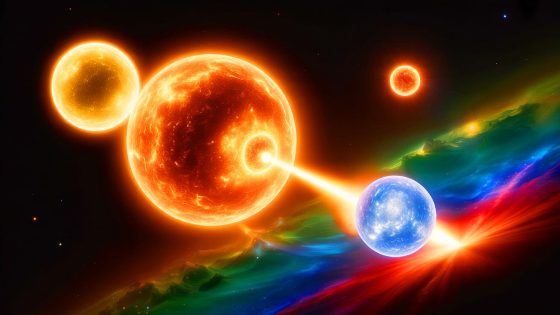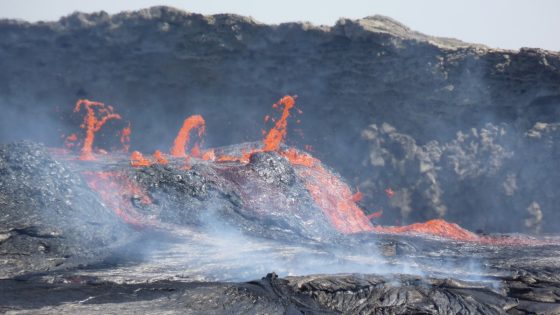Recent research reveals that up to 40% of explosive white dwarf pairs originate from triple-star systems, reshaping our understanding of cataclysmic variables (CVs). This groundbreaking study, published on 2025-07-11 17:11:00, challenges the long-held belief that CVs form solely through the interaction of two stars. Instead, it suggests that a third star plays a crucial role in their formation.
- Up to 40% of CVs from triple-star systems.
- Gaia mission data identifies 50 cataclysmic variables.
- Third star influences binary star orbits.
- Traditional formation theories challenged significantly.
- Importance of distance in star interactions.
- New research opens avenues for stellar dynamics.
Utilizing data from the Gaia mission, researchers identified numerous CVs within hierarchical triple-star systems. This finding prompts a reevaluation of stellar dynamics and the complex interactions that govern these explosive phenomena. Could this new perspective lead to further discoveries about the universe’s structure?
The implications of this research are profound. It raises questions about the gravitational influences in star systems and how they affect binary orbits. Understanding these dynamics could unlock new insights into stellar evolution. Consider the following points:
- A third star can significantly alter the orbital paths of binary stars.
- Many CVs may form without the traditional gas-envelope phase.
- Distance between stars plays a crucial role in their gravitational interactions.
- This research highlights the importance of missions like Gaia in uncovering cosmic relationships.
As researchers delve deeper into these findings, the potential for new astronomical breakthroughs increases. What other mysteries of the universe might we uncover by reexamining established models?































